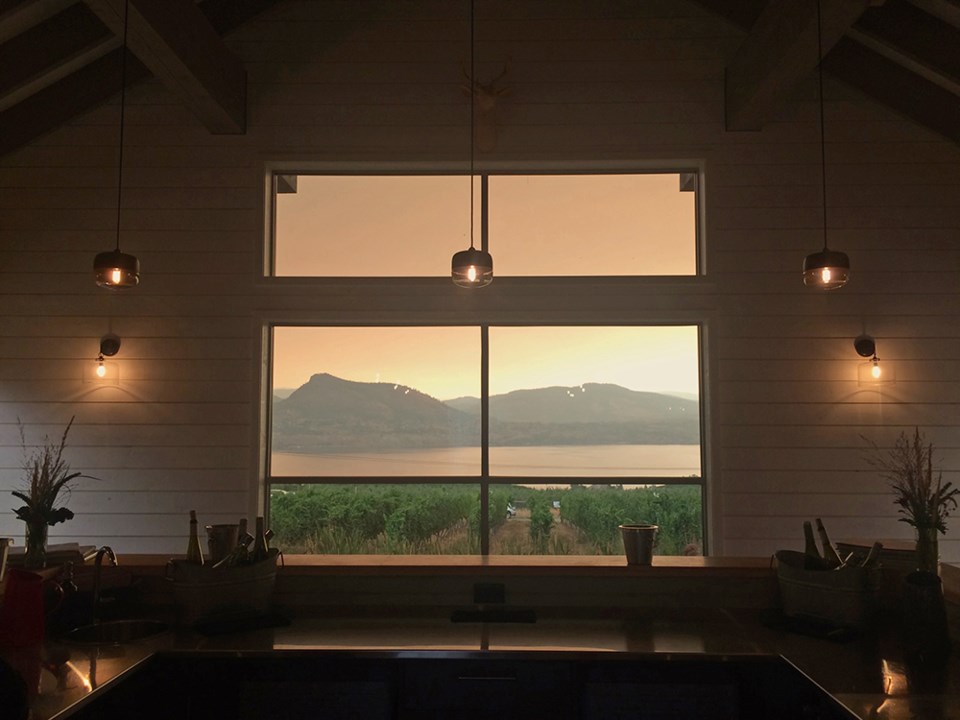Even if you paid little attention to the headlines covering the fires and floods that hit the Okanagan Valley this year, the perception that bled out from media coverage was one of full-on calamity. The Okanagan is under water; do not go there! Now the Okanagan is on fire; stay away!
There were fires this year. And there were floods. And they were devastating to the areas that felt the wrath of heat and water.
But what was the impact on the areas less scathed by Mother Nature?
Tourism in the Okanagan wears a sizeable economic shoe, in particular within the world of wine, where 800,000 visitors find their way to the valley’s wineries every year. This summer, many of them opted out due to what has been dubbed “lake fear” in the Naramata region.
This sounds more like a B-movie horror flick than the reality of a wet and waterlogged spring. But although the high levels of Okanagan Lake created less-than-ideal conditions for a beach vacation, it was still a far cry from “catastrophic.” In fact, looking back on the past few years, these extreme weather patterns are seemingly becoming the norm.
On a positive note, the wine is safe. Erratic weather aside, this year’s vintage has wineries across the region pleased. It was a hot and dry July and August, there was no damage to the vineyards from flood or fire, and most of the smoke occurred “pre-veraison” (before smoke-taint impacts the flavour development of the grapes).
But even though the vintage was good for grapes, it can be hard to blame the vacationers for those last minute Airbnb and winery-tour cancellations. Smoke hazards change hour to hour and greatly vary from region to region, something not overtly obvious to a tourist looking at a map. Road reports are obscure if you don’t know the area. And it actually takes some savvy scouring of the Internet to find all of this scattered information, which can be off-putting.
Ěý
If this really is the new norm, perhaps measures need to be taken to protect wine tourism.
If this really is the new norm, perhaps measures need to be taken to protect wine tourism. The B.C. regions need something akin to a Ski Report, with current updates on weather and road conditions, smoke levels and live hazards. Banding together as an industry is integral in order to have a voice loud enough to drown out cries of, “The Okanagan is on fire!”
This is not to say the floods and fires are inconsequential though, and a few words with Heidi Noble from JoieFarm quickly shifted this conversation to the elephant in the room: climate change.
This is the third year that harvest has occurred in August, weeks earlier than expected. The past three years have been unpredictable, and have included extremely early bud breaks, late veraisons and shockingly immediate ripeness.
Noble puts voice to the blatantly obvious effect of climate change on our land and farming, particularly on a farmer’s inability to follow intuition and make sound predictions for the year. The reality of this weather trend renders our concern about brimstone in the bottle extraneous (sulphur-phobes, I’m pointing at you!), as we now shift our worry to the fire and brimstone on our land; an erratically shifting reality of extreme weather patterns, or, better said, lack thereof.
• Thank you to Matt Sherlock (Nichol Vineyards), Heidi Noble (JoieFarm), and Graham Nordin (Mission Hill) for your candid and helpful commentary.Ěý



